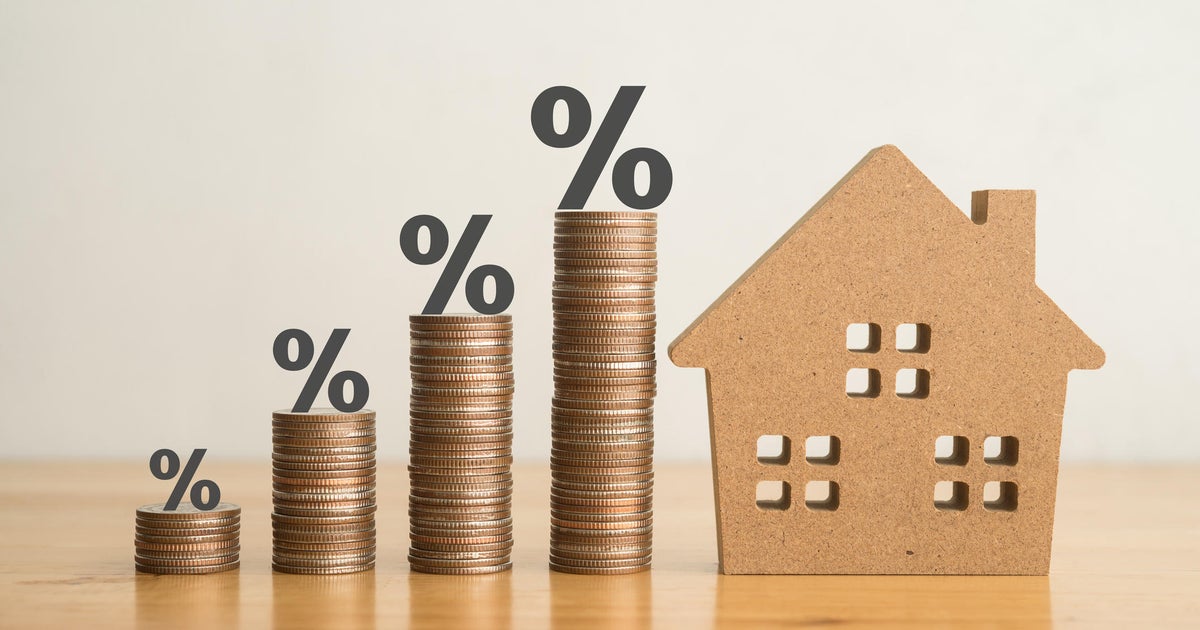Is a fixed-rate HELOC worth it now? Here's what some experts think.
The sun is beginning to shine again on the interest rate environment after the Federal Reserve raised the federal funds rate 11 times between March 2022 and July 2023 to curb inflation, which caused the rates on borrowing products to skyrocket. The agency then paused rates for over a year to monitor inflation, aiming to provide a "soft landing" without triggering a recession.
Much to the delight of borrowers, the Fed delivered a massive rate cut of 50 basis points at its September meeting, and its year-end rate prediction has many economists predicting further cuts this year and into 2025. While the Fed doesn't set borrowing rates, they tend to loosely follow the Fed's rate decisions. As of October 21, home equity loan rates average 8.36% and home equity line of credit (HELOC) rates average 8.69% — and rates may fall further this fall.
Most HELOCs come with variable rates, which means your rate could go down if interest rates continue to drop. But some lenders offer fixed-rate HELOCs, which can be attractive if you're looking for the predictability that comes with a monthly payment that doesn't change. But is it worth it to take out a fixed-rate HELOC in the current rate environment?
Start comparing your top HELOC options now.
Why a fixed-rate HELOC is worth it now, experts say
To many homeowners and real estate investors, a variable-rate HELOC is a worthwhile option right now, as it lets them take advantage of the potential for falling interest rates. However, a fixed-rate HELOC is still beneficial to some borrowers, especially those forecasting over a longer time horizon and looking for a consistent monthly payment.
Neil Christiansen, branch manager and certified mortgage advisor at Churchill Mortgage, reminds borrowers that home equity rates can fluctuate and may rise again if inflation increases. And considering that the economic environment — including the inflationary atmosphere — can shift quickly and a fixed-rate HELOC can act as a protective measure if this happens.
"Variable HELOCs are tied to the prime rate," says Christiansen. "Prime rate will adjust according to how the Fed increases or decreases the fed fund rate. A variable rate HELOC could benefit from further rate decreases the Feds decide to do. However, this is not a guarantee and if inflation is more of a rolling variable, rates could increase down the road and here's where a fixed-rate HELOC will benefit a borrower who's less risk averse."
If you believe interest rates will rise while you're repaying your HELOC, you might rest easier knowing that your rate won't change and you'll continue to have predictable monthly payments.
"A fixed-rate HELOC guarantees that the rates won't change for the duration of the loan," says Jeremy Schachter, branch manager at Fairway Independent Mortgage Corporation. "There is no guarantee what the Federal Reserve will do with interest rates in the future."
Find out today's top HELOC rates here.
Why a fixed-rate HELOC isn't worth it now, experts say
While a fixed rate is a solid option for many borrowers, it may not be ideal for those looking to capitalize on falling rates in the future.
"I don't think it would make sense to lock in a rate when rates are trending down. When rates were trending up, it made sense to try and lock in a rate with a HELOC, but now that the Fed has entered the rate-cutting cycle, you put yourself at a disadvantage not being able to take advantage of the future rate cuts over the next 12 to 24 months," Sarah Alvarez, vice president of mortgage banking at William Raveis Mortgage, says. "HELOC rates move in lockstep with the Fed rate, so every time they cut, you will see an improvement in your rate with a floating HELOC."
Christiansen notes that a variable-rate HELOC could be a better fit for borrowers who are more comfortable with risk and understand how rate fluctuations could alter their monthly payments.
"Over the next one to two years, we could see a rate-cutting environment from the Feds, and those who lock in a rate today won't experience the benefit a variable rate HELOC will offer," Alvarez says.
Ask lenders about your HELOC options
If you're unsure whether a fixed- or variable-rate HELOC will work for your unique financial situation, ask the lenders you're considering about all of their HELOC options. For example, some lenders offer "hybrid" HELOCs that allow you to convert a portion or all of your variable-rate HELOC into a fixed-rate line during the draw term. Other lenders provide the option to lock in a fixed rate on each of your withdrawals, but may limit the number of rate locks. Lender rates and options vary widely, so it's wise to compare multiple loan options to find the best fit for your needs.
The bottom line
When deciding between a fixed-rate and variable-rate HELOC in the current economic climate, homeowners should carefully consider their financial goals, risk tolerance and expectations for future interest rate movements. While variable-rate HELOCs offer the potential to benefit from falling rates, fixed-rate options provide stability and predictability in monthly payments. By carefully weighing the pros and cons of each option and staying informed about economic trends, borrowers can make an educated decision that aligns with their long-term financial objectives.




